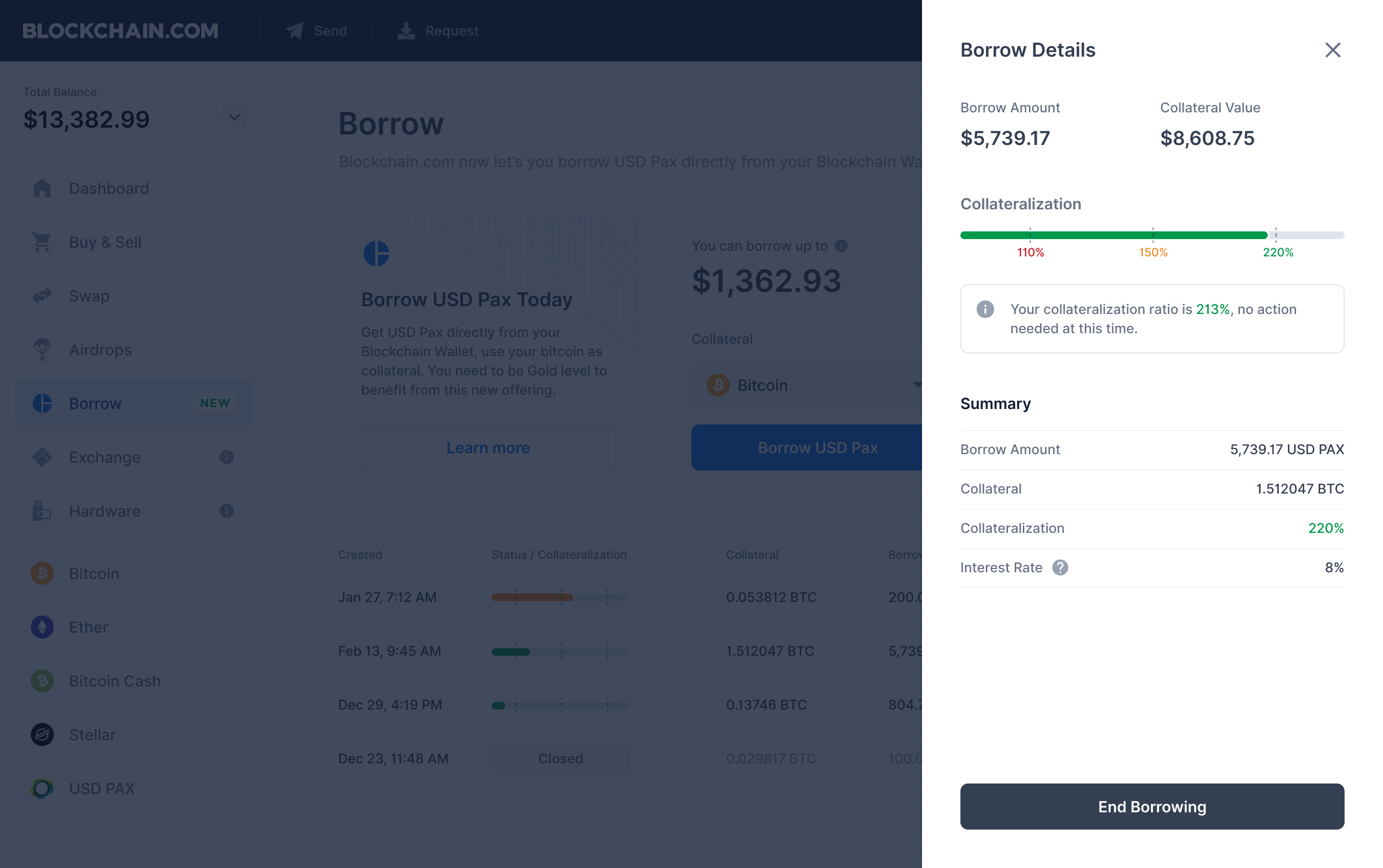YouTube today announced a change in policy regarding the novel coronavirus or COVID-19. Previously, YouTube’s advertising guidelines prevented monetization of videos that included more than a passing mention of the coronavirus as part of its “sensitive events” policy. The policy is meant to protect advertisers from being associated with videos about things like mass shootings, terrorist acts, armed conflicts, and global health crises — like the coronavirus. Now, YouTube is changing this policy to allow some creators to monetize videos on the topic, it says.
The creator community was unhappy with YouTube’s decision to demonetize any video featuring discussions of the coronavirus. (Though, to be fair, YouTube creators are generally unhappy when YouTube demonetizes any of their videos.)
But by not allowing creators to profit from videos about the coronavirus or COVID-19, YouTube was putting a damper on informative, newsworthy videos as well as those capitalizing on the human tragedy and people’s fears about the emerging pandemic. The ban on monetization also meant that news organizations covering the topic responsibly wouldn’t be able to generate revenue from their videos, even as coronavirus news became one of their main coverage areas.
Today, YouTube CEO Susan Wojcicki explained the company’s decision to re-open monetization on videos referencing the health crisis.
She says that the sensitive events policy was designed to apply to short-term events of a significant magnitude, like a natural disaster.
“It’s becoming clear this issue is now an ongoing and important part of everyday conversation,” Wojcicki said, in reference to the coronavirus, “And we want to make sure news organizations and creators can continue producing quality videos in a sustainable way,” she added.
Not all video creators will be eligible to monetize their coronavirus videos, she notes.
Instead, YouTube says ads will be enabled on “a limited number of channels” including those belonging to news partners and creators “who accurately self-certify.” The latter is a more questionable choice, as it opens up monetization to any creator using YouTube’s self-labeling system, not just news organizations or trusted health authorities.
The Self Certification system is one where creators use an online dashboard to tell YouTube whether or not their videos comply with advertiser guidelines ahead of YouTube’s automated review of their content. Over time, YouTube will rely on creators’ input instead of its own systems if the creators have a history of accurate self-certifications. It’s an honor system, essentially, followed by an official check.
The system doesn’t prevent creators from publishing misinformation in their videos, then labeling the video as advertiser-friendly. In addition, many creators believe that the bogus information they’re sharing is correct and true, so a self-certification system wouldn’t stop them from publishing their misleading and often dangerous advice. Already, YouTube has to work to quickly remove videos like that. This includes videos discouraging people from seeking medical treatment or making dangerous claims — like how garlic or bleach can prevent the viral disease, for example.
To fight misinformation, YouTube is also raising authoritative sources in its search results and recommendations and is showing information panels on which videos are flagged.
Despite these efforts, there continues to be a massive amount of misinformation circulating across social media, including on sites like Facebook and Twitter, in addition to YouTube. WHO Director-General Dr. Tedros Adhanom Ghebreyesus even referred to the crisis as not just an epidemic, but “an infodemic.” (WHO today has upgraded the COVID-19 viral disease a pandemic, as well.)
In light of the misinformation problem, YouTube’s decision to open up monetization on videos about the coronavirus will be a controversial choice. In doing so, it signals to the creator community that one the most-searched topics on the internet can now be leveraged for views and ad dollars. That invites exploitation.



